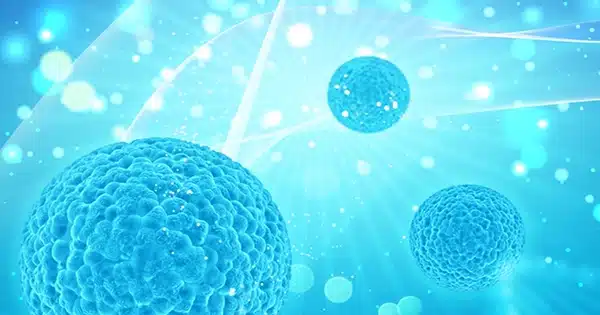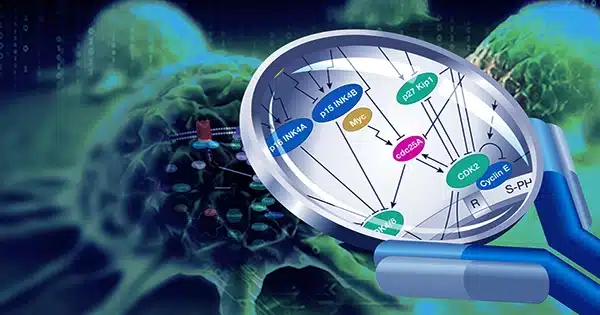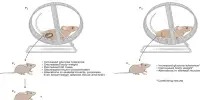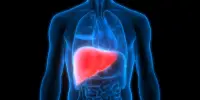Researchers discovered a whole new level of spectacular information within our live cells by substituting fluorescent molecules in an existing imaging procedure with ones that scatter light.
The novel modification will allow scientists to directly examine molecular behavior over a considerably longer time span, providing insight into critical biological processes such as cell division.
“The living cell is a busy place with proteins bustling here and there,” says Guangjie Cui, a biomedical engineer at the University of Michigan. “Our superresolution is very attractive for viewing these dynamic activities.”
Superresolution is a technique for viewing extremely minute biological structures. It employs a succession of snapshots of fluorescing molecule constellations that highlight specific parts of the targeted tissue, reducing the blurring effect of a torrent of diffracted light.

The researchers who created it were awarded the Nobel Prize in 2014. As innovative as the approach was, the fluorescing molecules’ ability to absorb and then spew out the proper wavelength of light runs out in tens of seconds, ruling out the mapping of longer-duration events.
Cui and colleagues instead devised a method to measure light reflecting off randomly distributed gold nanorods, a process that does not degrade with repeated light exposure. Despite the fact that the gold markers are larger than the target structures, photographing multiple differently-angled subsets of the rods and merging the images yields the same high-resolution resolution.
The resulting technology enables 250 hours of continuous observations at a resolution of just 100 atoms.
Cui and colleagues then used their novel PINE nanoscopy to analyze the entire process of cellular division, revealing hitherto unseen behavior of actin molecules down to the individual molecule level.
Actin, the most important component of a cell’s cytoskeleton, offers structural support and aids in cell mobility. As a result, these branching filament-shaped molecules serve a significant role in dividing a cell and separating it into two daughter cells.
Because of the limitations of our visual capability, each clone of these cells inherits the same insides, from proteins to DNA, but how this happens has long been a mystery.
Cui and his colleagues were able to see how individual chemicals interacted with each other by observing 904 actin filaments during the cell division process. They discovered that when actin molecules are less linked to one another, they extend in search of new connections. As each actin molecule reaches its neighbors, it drags other actin molecules closer together, expanding the network even more.
The scientists observed how these small-scale movements transferred to a larger-scale cellular picture. Surprisingly, when actin expands, the cell as a whole contract, whereas it expands when actin contracts. This appears counterintuitive, so the researchers are eager to investigate how this opposing motion occurs.
“We plan to use our method to study how other molecular building blocks organize into tissues and organs,” Somin Lee, a biomedical engineer at the University of Michigan, wrote for The Conversation.
“Our technique has the potential to assist researchers in visualizing and, as a result, better understanding how molecular defects in tissues and organs can lead to disease.”














